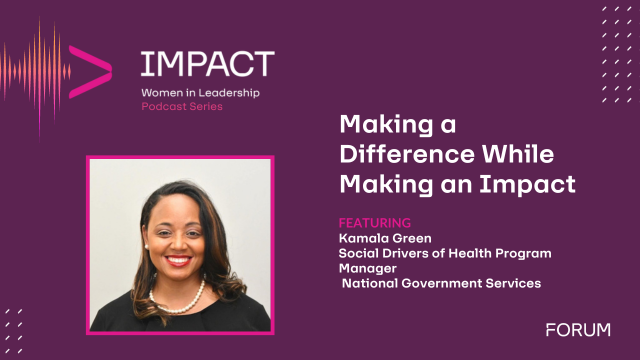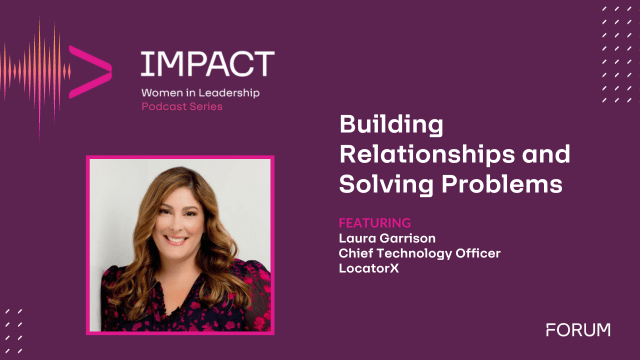By Mike Farahbakhshian, By Light
In this month’s article, Mike Farahbakhshian discusses how to use Big Data analytics to improve pharmacovigilance, tackle suicide and opioid addiction, refine nootropics, and save the economy. Read time: 5 minutes. Suggested drink pairing: Whiskey Skin or Hot Toddy
I Wouldn’t Wash George Jetson’s Underwear Just Yet
We live in the future.
What would you do if I told you that there exists a wonder drug that enables you to learn new skills as if you were a child? You’d be able to pick up languages, sports, or even musical talent like a sponge.
This drug has existed since 1882 and is currently used today. Would you take it?
What if I told you the side effects included anorexia, birth defects, bleeding gums, delusions, dementia, “black, tarry stools”, “rapid or worm-like movements of the tongue”, hepatitis, and pancreatitis?
How about now? Would you still take it?
Okay, it seems like there’s a bit of a gap between the present and the future. Let’s walk through a wish list of tasks to perform in 2017 to help the future arrive just a little sooner.
#1– Use Big Data For Pharmacovigilance
The aforementioned drug is called valproic acid, and it is currently used as a treatment for epilepsy, migraines, and bipolar disorder. Off-label, valproic acid restores neuroplasticity: the ability to learn skills as if we were children. A 2013 study1 shows valproic acid restores the ability to learn absolute (perfect) pitch, concluding:
In sum, our study is the first to show a change in AP with any kind of drug treatment. The finding that VPA can restore plasticity in a fundamental perceptual system in adulthood provides compelling evidence that one of the modes of action for VPA in psychiatric treatment may be to facilitate reorganization and rewiring of otherwise firmly established pathways in the brain and its epigenome.
Yet this drug is extremely dangerous. What do we do to ensure a safe dose of this drug where the benefits outweigh the costs? How can health IT help with this?
It took nearly a century for aspirin to be approved for low-dose, prophylactic use in preventing heart disease. In fact, the final recommendation from the United States Preventative Services Task Force on low-dose aspirin came on April 12, 2016!

The ability to perform pharmacovigilance on existing drugs can be augmented by using big data analytics. Biometric devices like Fitbits must be augmented to perform sampling of drug metabolites (in sweat or via pinprick testing) and correlated with any changes in vitals. Daily journals kept by study participants should be subject to natural language processing to determine any changes in behavior, cognition, or thought pattern. If Amazon can infer that I’ve gotten into strongman competitions by the type of fitness gear I’ve bought, the research community should be able to draw more useful conclusions with a combination of long-form and biometric data.
#2– Use Big Data To Stop Opioid Addiction and Suicide Proactively
Nowhere do we see a bigger need for pharmacovigilance than with opioids. Drug overdose is the leading cause of accidental death in the US. In 2014, there were 47,055 lethal drug overdoses: 18,8932 of these were prescription opioids like oxycodone. Another 10,574 were from heroin, which is commonly used by opioid addicts seeking easier relief3. A celebrity we lost in 2016 is Prince, who died of an opioid overdose.

Equally shameful is the increase in suicide rates. From 1999 through 2014, the age-adjusted suicide rate in the United States increased 24%, from 10.5 to 13.0 per 100,000 population, with the pace of increase greater after 20064. In 2014, the rate of suicide among U.S. civilian adults was 15.2 per 100,000, and in Veterans, 35.3 per 100,000.
One thing I’d like to see in 2017 is the use of Big Data analytics to examine the demographics of these opioid addicts and suicide victims to determine if there are any common demographic features such as race, location, and education level. Given the fact that the manufacturing and coal jobs of the past are leaving, I suspect unemployment and a general decrease in the standard of living are contributing to a despair that is literally killing us. I also suspect that the inflection point of 2006 for increased suicide might have something to do with the Bankruptcy Abuse Prevention and Consumer Protection Act of 2005 making it more difficult for low income individuals to declare bankruptcy. We must make 2017 the year we use population health statistics to report to lawmakers what the real human impact is of legislative and economic changes. We must in turn use analytics to identify at-risk individuals before they manifest symptoms such as drug dependence or suicidal ideation. Unemployment, debt, joblessness, and despair are the causes; drug addiction and suicide are the symptoms. Let’s use analytics to stop the problem at its root.
#3– Use Of Prophylactic Nootropics To Fix The Economy
I must admit this is a bit of a stretch goal here. If we can use Big Data to find safer ways to promote neuroplasticity in adults and to identify the root economic and social causes of despair and self-destructive behavior, then the logical follow on is to have a protocol of prophylactic nootropics to retrain at-risk individuals. They would be equipped with skills that would enable them to prosper and succeed in today’s knowledge economy.
Trainees will be provided with biometric monitoring to check their stress levels and determine the efficacy of this program, allowing for continuous improvement. The future won’t be Aldous Huxley’s Brave New World using Ford’s assembly line methodology and giving soma to the population. Instead, the future will be Iain M. Banks’ The Player of Games using Toyota’s Kaizen methodology and giving nootropics to the population. And it will be grand.
From Jeffersonian to Jetsonian Society
As we move to the future, we need to abandon the idea that different sectors of society stand alone or subordinate to each other. Health, economics, and computation are interlinked in a web that shows ripples and unintended effects decades later. It’s time to acknowledge, report, and analyze those effects. Only then can we understand that society itself is an organism; complex but not inscrutable. With the right tools and the right thinking, 2017 might just be the year we stop treating the symptoms and start treating the disease.
By Light is an ISO 9001:2008 CVE-verified Service Disabled Veteran Owned Business (SDVOB) that provides a broad range of hardware, software, engineering, and IT integration services.
Sources:
1Gervain, Vines, Chen, Seo, Hensch, Werker, and Young. Valproate reopens critical-period learning of absolute pitch. https://www.ncbi.nlm.nih.gov/pmc/articles/PMC3848041/
2American Society of Addiction Medicine. Opioid Addiction 2016 Facts and Figures. http://www.asam.org/docs/default-source/advocacy/opioid-addiction-disease-facts-figures.pdf
3Pollini, R.A.; Banta-Green, C.J.; Cuevas-Mota, J.; Metzner, M.; Teshale, E.; and Garfein, R.S. Problematic use of prescription-type opioids prior to heroin use among young heroin injectors. Subst Abuse Rehabil 2(1):173–180, 2011.
4Source: National Center for Health Statistics, “Increase in Suicide in the United States, 1999-2014.” http://www.cdc.gov/nchs/products/databriefs/db241.htm












